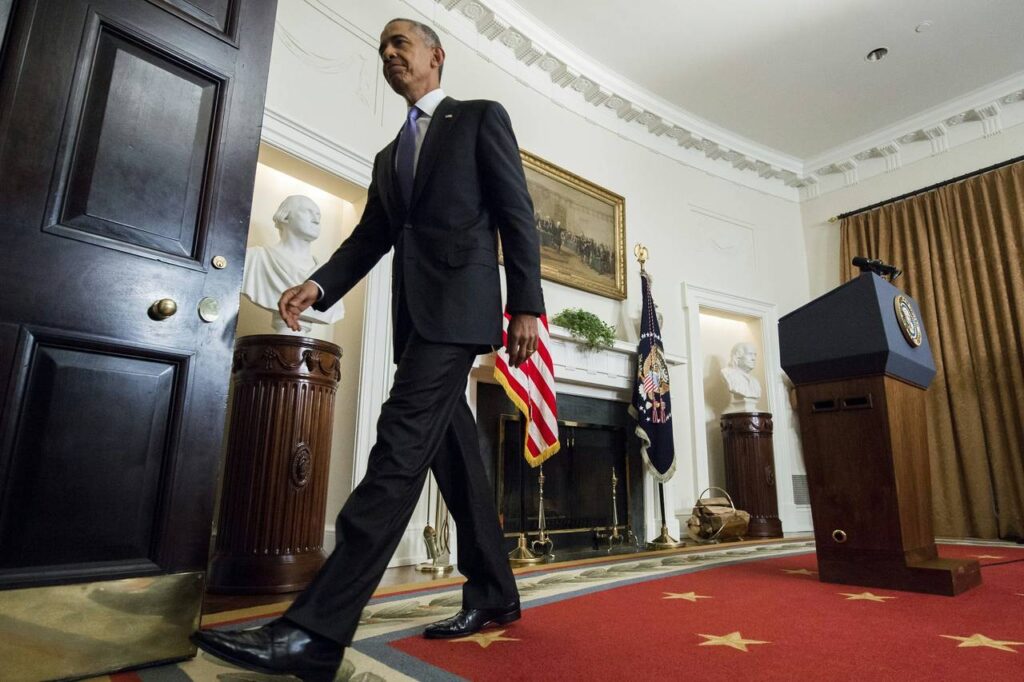
Iran and the US have traditionally had adversarial ties. The two countries have taken various steps to pressure each other. Meanwhile, Washington and Tehran have agreed on a possible deal this week. Under the deal, hundreds of billions of dollars in Iranian assets seized by the United States will be returned. The two countries will exchange prisoners at the same time.
The deal was announced last Thursday. Before this, the two countries have been discussing it through mediators for several months. Four US prisoners were released from prison in Iran on Thursday and placed under house arrest. Another American was already under house arrest by Tehran. Meanwhile, many Iranians imprisoned in the United States are also being released. However, their number is not known.
Iranian money seized by the US will be sent to Qatar from a South Korean bank. Meanwhile, it is not clear when the five Americans who are currently under house arrest in Iran will be fully released. But U.S. and Iranian officials believe the terms of the deal will be met by mid- to late-September.
What’s in the deal
South Korea bought fuel oil from Iran before 2019. But his price was not paid. Later in 2019, when the then-President of the United States Donald Trump imposed a ban on this transaction, the money was blocked. That’s the money Washington currently allows to be returned to Iran under the deal.
Money owed to Iran will now be converted from the country’s currency, the won, into euros in South Korea. Then it will be sent to Qatar. Qatar acted as a mediator in the Iran-US deal. Depending on the currency exchange rate, the amount could be between 600 and 700 million dollars.
The United States has some conditions for this. For example, that money can only be used for buying and selling humanitarian goods like medicine and food. Many in Iran claim that according to the agreement, the money will be returned to Iran, the United States said. However, Tehran will not have full control over that money. And Qatar has not commented on how it will be monitored whether Iran is spending the money returned in accordance with the conditions of the United States.
In return, Tehran will release five Iranian-born Americans.
Iran is not willing to return the money seized in South Korean currency. Because it is not as exchangeable as the dollar or euro. US officials said South Korea had no objection to returning the money to Iran. However, if this large amount of won (equivalent to 600 to 700 million dollars) is converted into other currencies, it may affect the South Korean economy, and the country’s policymakers have expressed concern.
This is why South Korea is moving slowly. They are gradually releasing the seized money and sending it to the central bank of Qatar. Meanwhile, since the United States has sanctions on Iran, it is necessary to keep in mind that this transaction should not fall under the sanctions. Hence complex and time-consuming steps of money transactions through a third country like Qatar have been taken.
Regarding this, John Kirby, the spokesperson of the United States National Security Council, said, “We have worked closely with South Korea on this. Now there is no obstacle to sending money from the country as a Qatari bank.
Americans detained in Iran
Three of the five Iranian-born Americans that Tehran has agreed to release have been named. Neither the US nor Iran agreed to release their names.
Siamak Namazi is the first among those who have been identified. He was arrested in 2015. Later, he was found guilty of spying and given a 10-year prison term. The charges brought against him were criticized internationally. Another is Imad Sharghi. He was sentenced to 10 years. And the third is Morad Tahbaz. He was also sentenced to 10 years after his arrest in 2018.
Those who are working on behalf of the five people who went to be released said that those people are innocent. They have been imprisoned for no reason. Since the Islamic revolution in Iran in 1979, Tehran has been using such prisoners to negotiate with the West on various issues.
Why deal now?
In 2015, six countries including the United States signed a nuclear agreement with Iran. Later in 2018, the then-President of the United States, Donald Trump, withdrew from the agreement. After that, Washington imposed several sanctions on Tehran. This put a lot of pressure on the country’s economy. If the money now seized in South Korea is returned, it will greatly boost Iran’s economy.
Meanwhile, the current US President Joe Biden wants to bring Iran back to the nuclear deal. Last year, some of the signatories to the deal offered Iran a return to the deal. However, Tehran did not accept the proposal. The US Congress is still talking about bringing Iran back into the deal.
So, is the US-Iran tension decreasing?
The answer is a resounding ‘no’. US-Iranian relations are already at rock bottom due to the nuclear deal and Tehran’s ambitions for a nuclear bomb.
As a result, the Pentagon is considering plans to deploy US troops to protect commercial ships in the Strait of Hormuz.
In the meantime, Iran has come close to Russia over the Ukraine war. Tehran is helping Moscow with drones to attack Ukraine. Washington is on the side of Kyiv in this war.